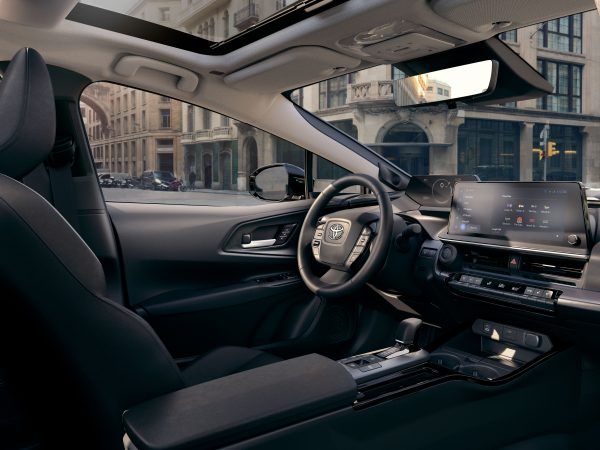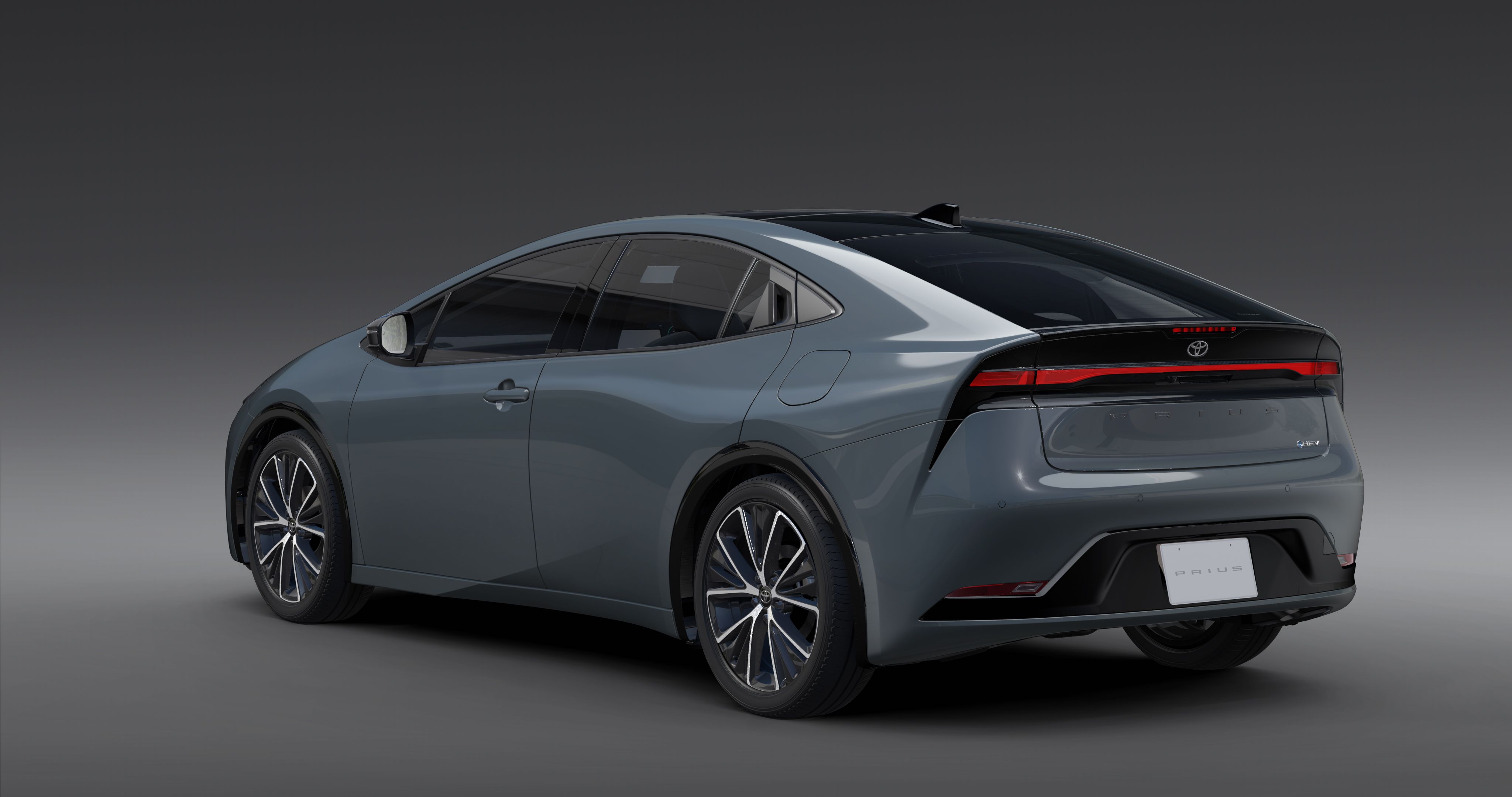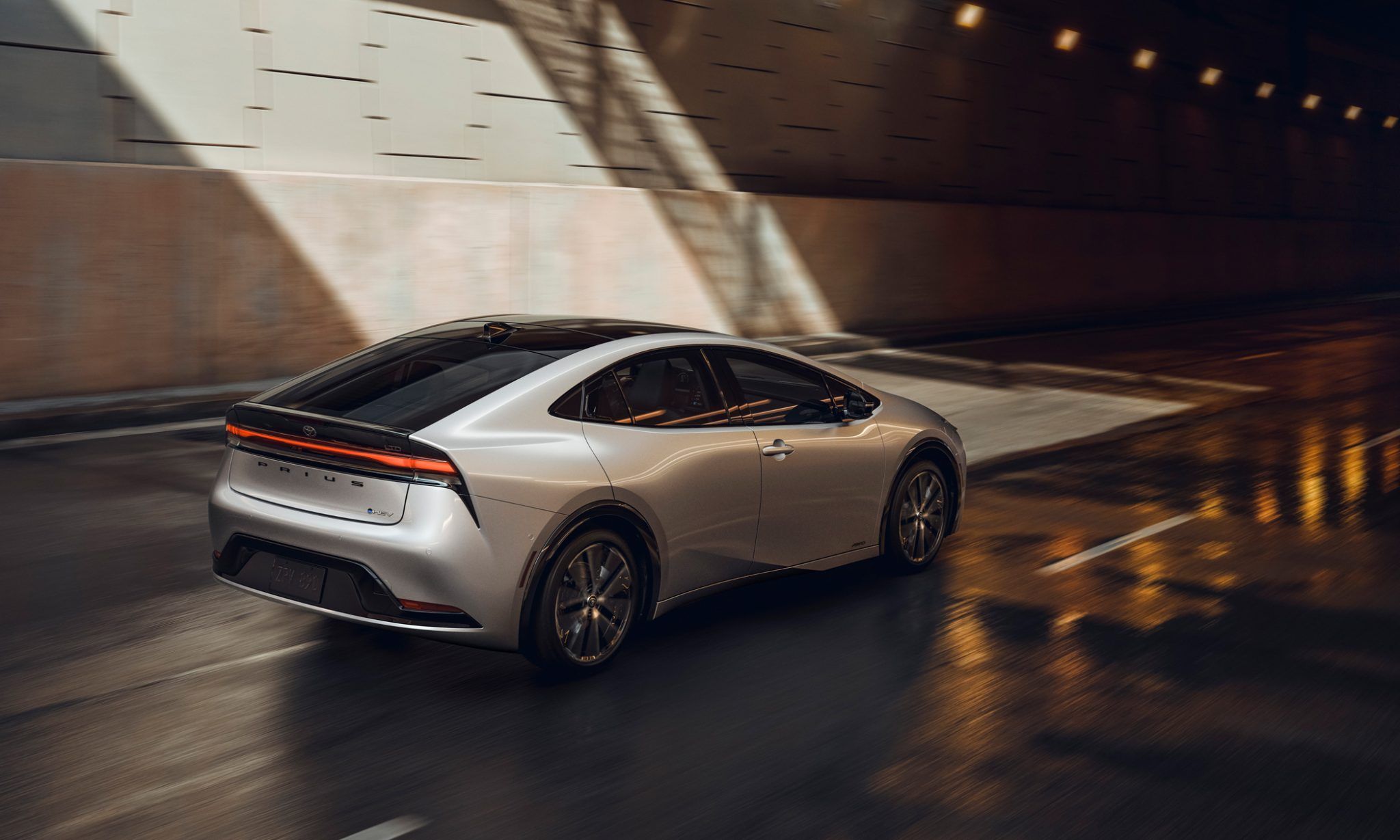The Toyota Prius was an environmental hero in 1997 when it debuted in Japan. It even won Car of the Year. Toyota’s tagline introducing this bold new technology stated, “Just in time for the 21st century”. Now fast-forward to 2022. Hybrids are no longer a new technology. Despite the latest generation of the Prius being the most fuel-efficient to date, is it possible this once-revolutionary car has aged backward by simply not moving forward? The Toyota Prius has long been both the poster child for “tree-hugging” environmentalists and an object of deep scorn to dyed-in-the-wool car aficionados. Its sluggish acceleration and egged silhouette tend to baffle anyone with the need for speed. Comedian Bill Burr professed love for his carefree, reliable Prius on Jerry Seinfeld’s show Comedians In Cars Getting Coffee. A disgusted Seinfeld replied, “Have you checked around for your soul lately? (The Prius) crushes the human spirit. It has no joy of life.” Burr answered, “I can’t argue with any of that”
When Friends Become Enemies
While the car has had its detractors over the years, the newest members of the “I Hate Prii Club” may surprise you. Greenpeace has spoken out against the Prius's continued use of a hybrid powertrain. Toyota recently unveiled the redesigned, 2023 Prius at the Los Angeles International Auto Show. The 2023 model will continue to utilize a hybrid powerplant - not the fully electric core others had hoped for. While Greenpeace acknowledges the low carbon revolution the Prius kicked off, the group insists that Toyota is being irresponsible by not transitioning more vehicles to full battery electric technology. When ranking the top 10 global automakers by EV sales, General Motors takes the top spot on the Greenpeace list. Toyota is directly at the bottom at number 10. In October 2022, Greenpeace Australia Pacific senior campaigner Lindsay Soutar said: “Toyota clearly just doesn’t get it.”
BEVs Contribute Less CO2 Over The Lifetime Of The Vehicle
Greenpeace was first formed in 1971 to protest underground nuclear testing around western Alaska. With the peace and love spirit of the seventies propelling its mission, Greenpeace eventually grew to support many environmental causes. It came to be known for staging dramatic, attention-grabbing stunts - including parachuting into Germany’s Euro 2020 soccer match against France. Greenpeace has stated that battery electric vehicles have the lowest overall emissions of all auto types, regardless of the composition of the energy grid. But is that true? While California is one of the top three states in the U.S. to power its energy grid through renewable energy, the majority of electricity in the United States is still produced using fossil fuels. Studies do show that BEVs contribute less CO2 to the atmosphere over the lifetime of the vehicle, despite EV batteries initially consuming more energy to manufacture than gas-powered cars.
Buy, Take, Break, Throw It Away
The dilemma comes when factoring in America’s bleak obsession with consumerism. The average transaction price for an electric vehicle in August 2022 was $66,524. Buyers in this price range typically do not devote themselves to a new car till death do them part. While timelines are stretching, the average length of monogamous car ownership is still less than seven years - well below the anticipated life expectancy of a new vehicle. If the planet keeps buying new electric vehicles before the car has a chance to offset its manufacturing impact, we’re not reducing emissions - we’re increasing them. The most eco-friendly purchase someone should actually make would be something like this used Nissan Leaf.
The Prius is possibly the single most influential vehicle responsible for reducing emissions in the United States. No other car has prioritized MPGs so strongly and been driven by such a large swath of the population. Nearly every vehicle in Toyota’s lineup now offers a hybrid powertrain. Toyota is also the top-selling brand in the most populous state in the U.S. - California. A whopping 335,587 new cars and light-duty Toyota trucks were registered in California in 2021.
A Zero Emissions Option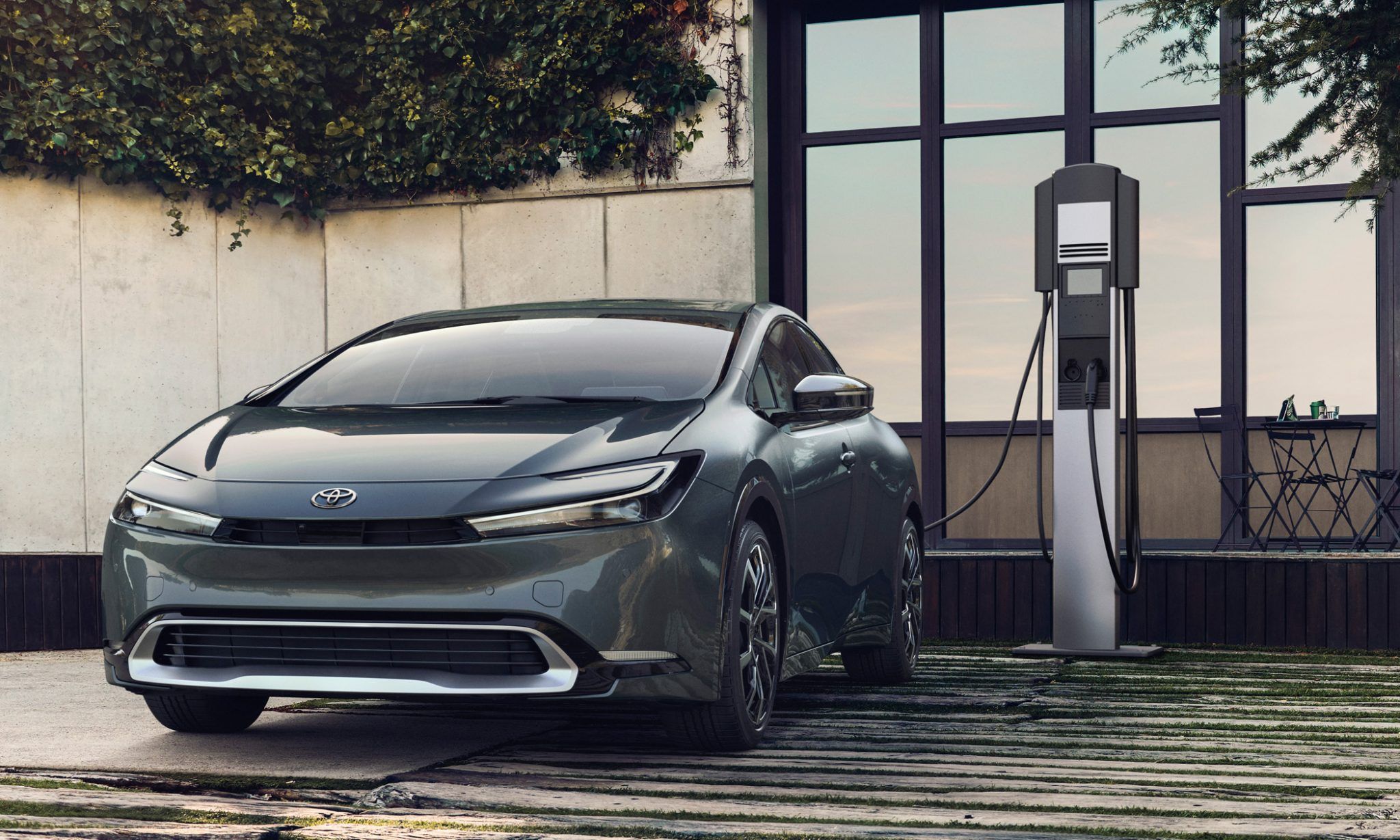
It should also be noted that Toyota does offer a Prius option with zero-emissions driving. The 2023 Prius Prime delivers a more than 50-percent increase in EV driving mode range over the 2022 Prius Prime. Toyota beefed up the battery pack size in this iteration from 8.8 kWh to 13.6 kWh. The actual electric-only mile range is not specified in the 2023 press release. However, since the 2022 Prius Prime has an electric-only range of 25 miles, we can expect the 2023 Prius Prime to reach an EV-only range of nearly 50 miles. The average motorist in the US only drives about 35 miles a day. This means the 2023 Prius Prime could deliver emissions-free driving to most of the country without the CO2 impact anchoring BEV manufacturing. Look. It’s hard to stay relevant forever. There comes a time when everything that was once cool and groundbreaking morphs into a sweaty, old dinosaur before the eyes of an ever-changing and instantly bored culture. New technologies should replace old ones when their time comes. The population should be doing everything it can to reduce carbon emissions. This means more than deciding what type of car should you drive. Pope Francis encouraged people to eat less meat to benefit the climate. Notice he didn’t say everyone needed to become a vegetarian.
Not Soul-less Anymore
This redesigned Prius is changing customers' opinions on the historically maligned car. Reddit users on this thread are coming around. “I never thought I would like a Toyota Prius.” - “Holy crap that actually looks good. When do these go on sale?” The answer to the question, “Why didn’t Toyota make the Prius fully electric?”, should be fairly obvious. Only one in four Americans say they would actually purchase an electric car. With the 2023 Prius expected to start under $30,000, isn’t a hybrid that someone would actually buy better than an electric one they won’t?

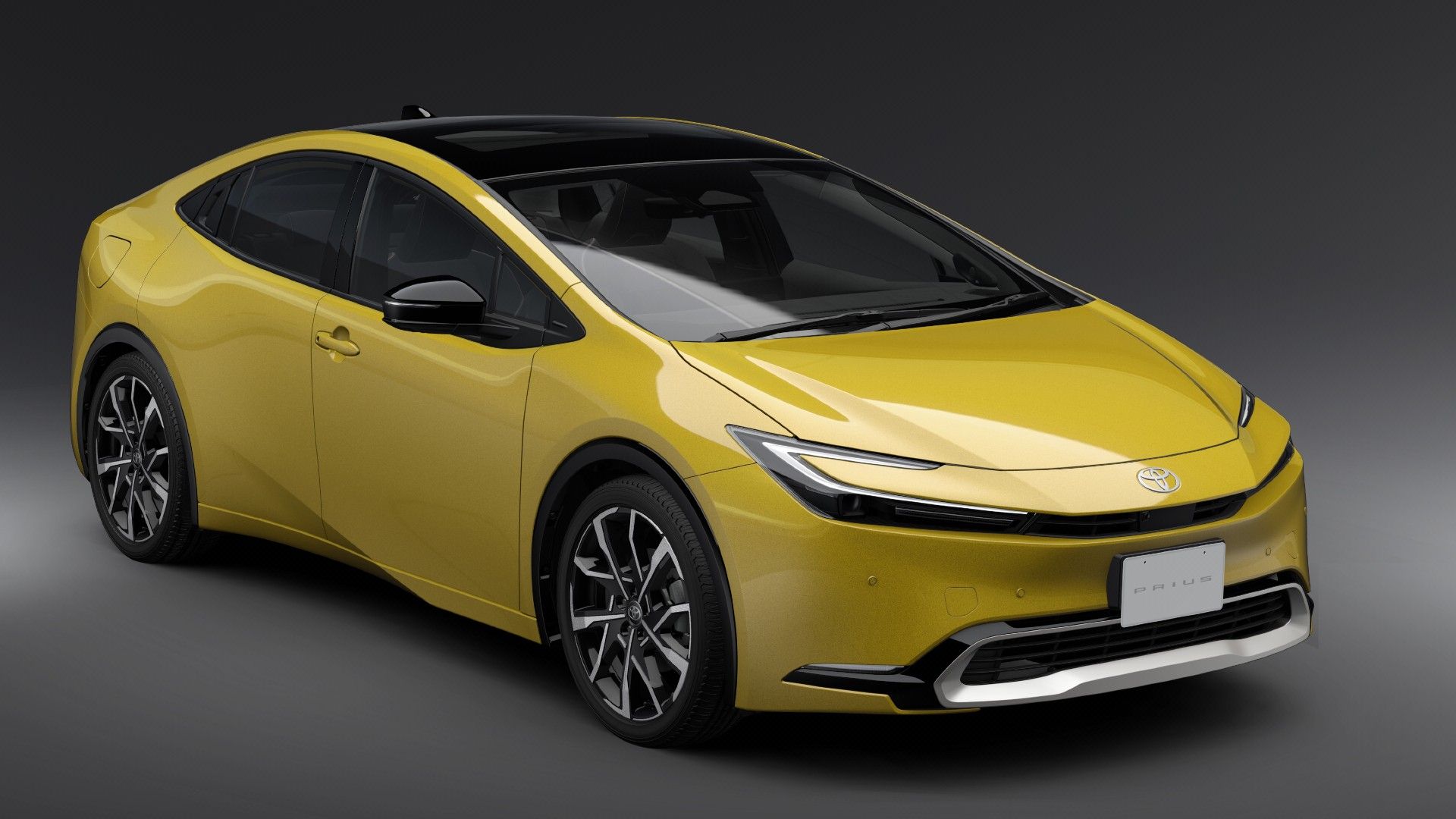
.jpg)
